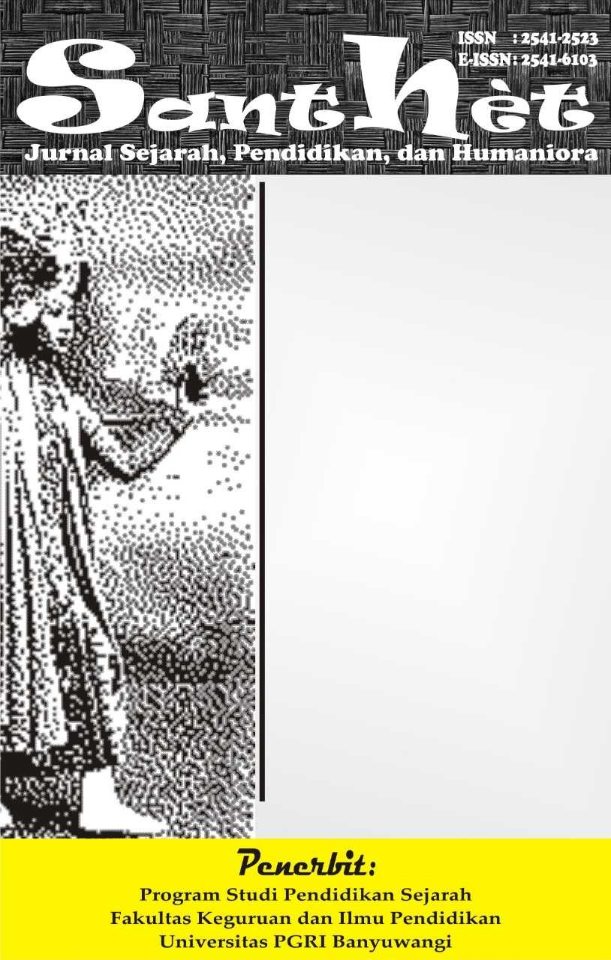THE INFLUENCE OF NATIVE LANGUAGE ON YOUNG INDONESIAN LEARNERS’ ABILITY TO PRONOUNCE ENGLISH SHORT VOWELS
DOI:
https://doi.org/10.36526/santhet.v8i2.4833Keywords:
native language interference, vowel pronunciation, young learners, phonetic learning, EnglishAbstract
This study examines the influence of native language on the ability of young Indonesian learners to pronounce English short vowels. Focusing on kindergarten-level students in Badung, Bali, the research explores difficulties in producing English vowel sounds absent in the Indonesian vowel system. Through observation and analysis of students’ pronunciation recordings of consonant-vowel-consonant (CVC) words, the findings reveal that vowel sounds such as /æ/, /ʌ/, and /ɒ/ are often substituted with more familiar vowels from the Indonesian language, such as /e/ and /o/. These mispronunciations are attributed to the limited vowel system of Indonesian, which consists of only five primary vowels. The results support the theory of first language (L1) interference, which posits that differences in phonological structures between the native and target languages pose challenges in language learning. This study highlights the importance of increased exposure to English pronunciation and phonetic practice to enhance learners' pronunciation skills.
References
Dulay, H., Burt, M., & Krashen, S. (1982). Language Two. New York: Oxford University Press.
Herfyna, Asty. (2024). 4. Perception Students Taking Pronounciation On English Phonetic. Jurnal Ilmiah Mandala Education, doi: 10.58258/jime.v10i3.7371
Indah, Dewi. (2016). The L1 Interference Approaches in Senior High School Students' Writing. Elite Journal, Volume 1
Kosasih, M. M. (2011). Pronunciation: notes and practices. Handbook for Pronunciation. Bandung: English Department Maranatha Christian University.
Lado, R. (1957). Linguistics across culture: applied linguistics for language teachers. Ann Arbor: University of Michigan Press.
Listyani., Ardiyarso, Kurniawan., Andrew, T., Thren. 1. The Influence of the Mother Tongue on English Pronunciation. Journal of English Teaching, (2024). doi: 10.33541/jet.v10i1.5488
Lott, D. 1983. Analysing and counteracting interference errors. ELT Journal. Vol. 37/3, 256-261. Retrieved from http: //eltj.oxfordjournals.org/
National Reading Panel. 2000. Teaching Children to Read: An Evidence-Based Assesment of the Scientific Research Literature on Reading and Its Implications for Reading Instruction. Reports of The Subgroups.
Sudipa, I.N., Laksminy, L.P. & Rajeg, I.M. (2010). Interferensi bahasa ibu dalam berkomunikasi tulis mahasiswa Sastra Inggris di Bali. Laporan Penelitian Hibah Unggulan Udayana. Denpasar: Fakultas Sastra Universitas Udayana.
Yule, G. (2006). The Study of Language 3rd Edition. New York: Cambridge University Press, New York.





























